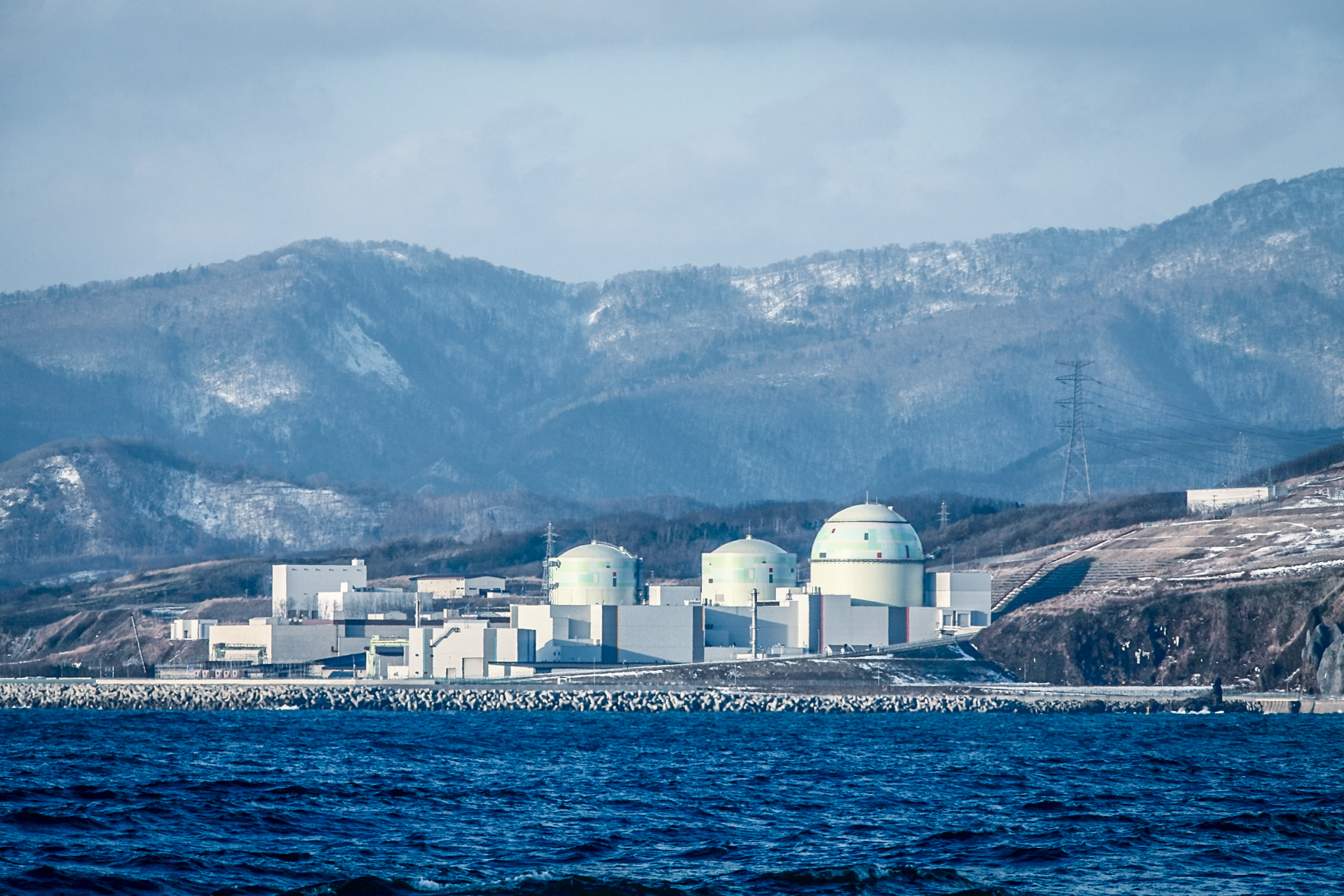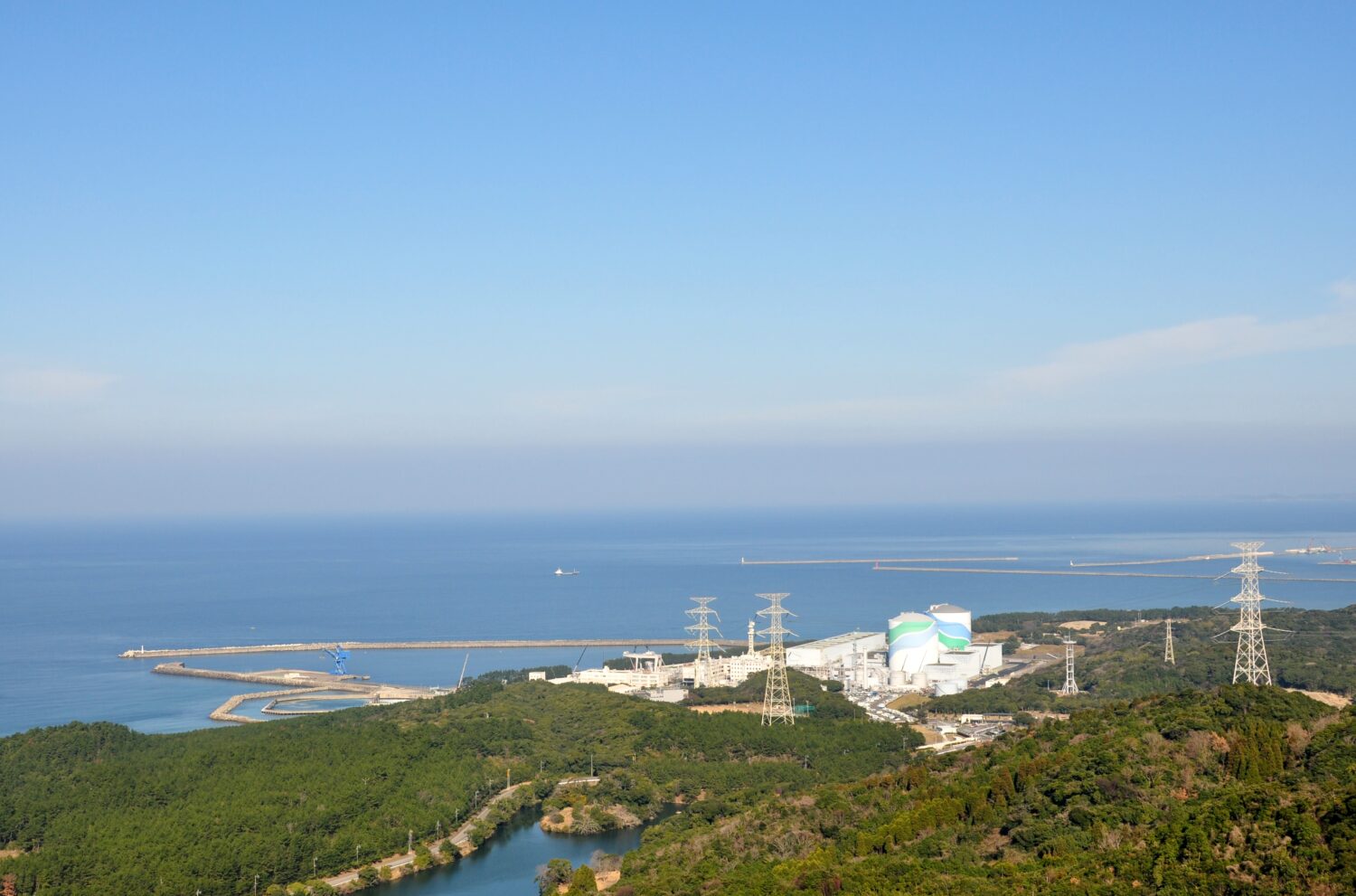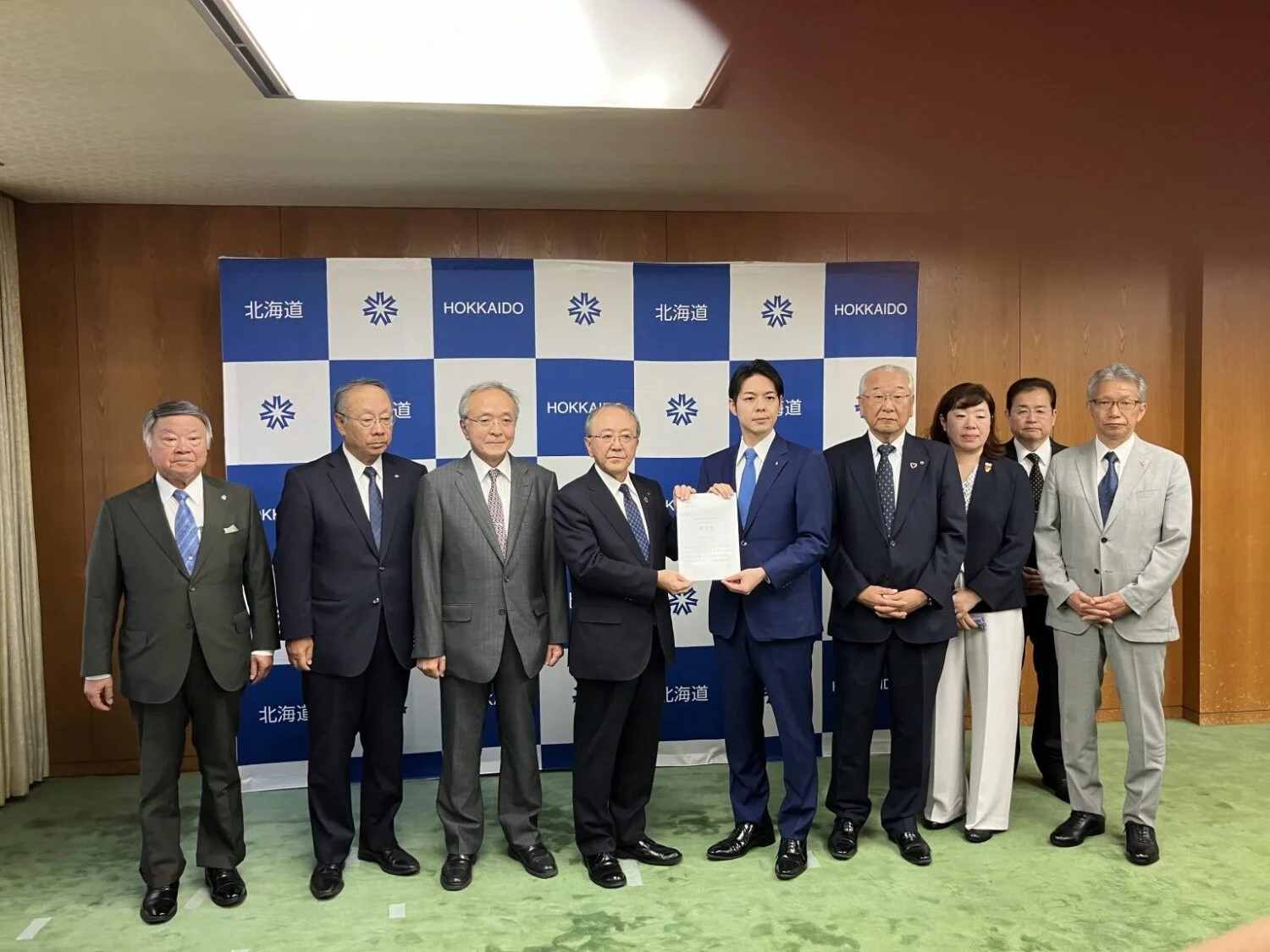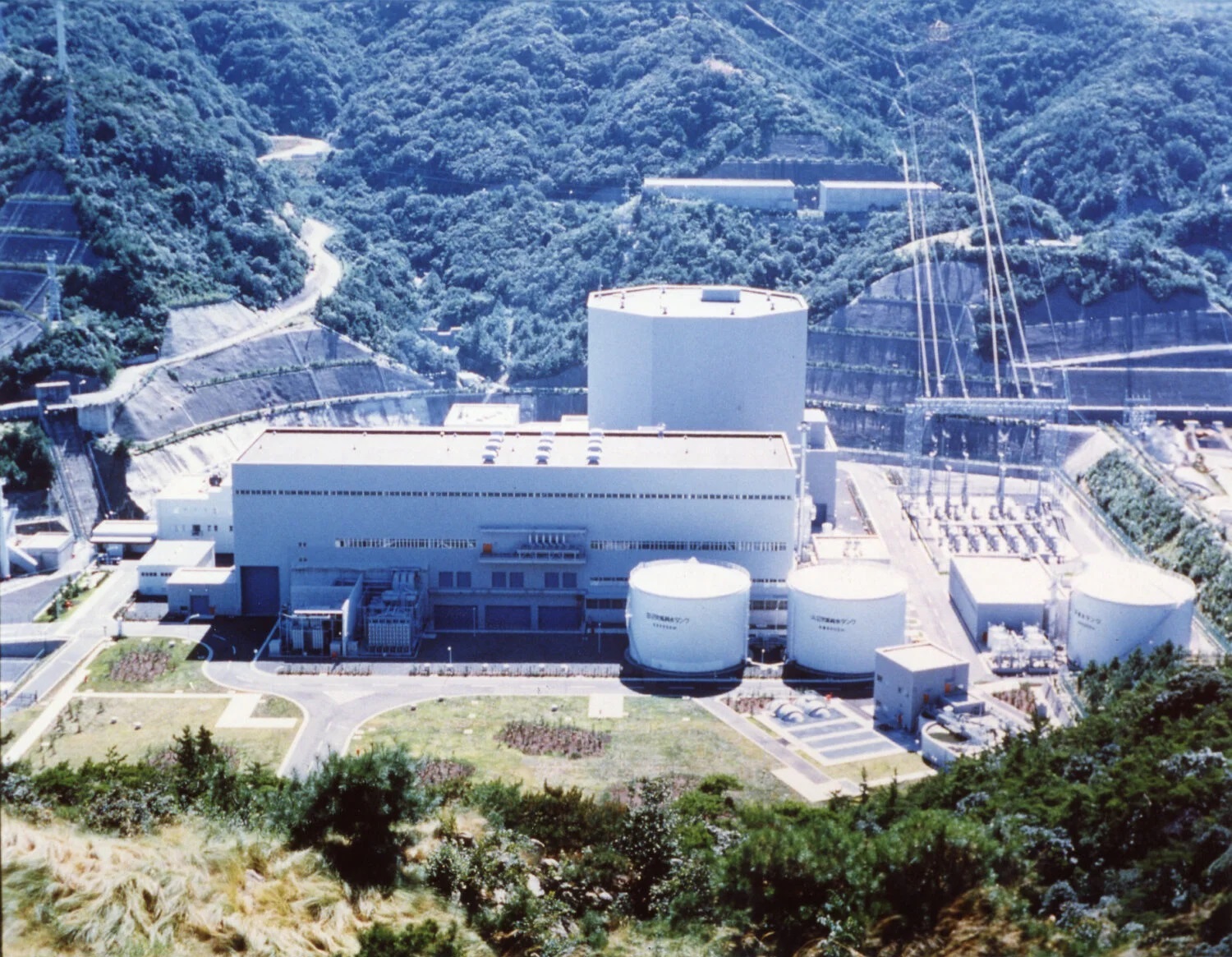Among the five aging NPPs closed nationwide in April 2015, this is the first for which a decommissioning plan has actually been submitted. Seeking to start work in FY16, Kyushu Electric intends to complete the decommissioning over the next 28 years, by FY43 (starting April 2043).
According to the plan, the decommissioning process, to take place over the 28-year period from FY16 to FY43, will be roughly divided into four phases, as follows:
- Preparing for the dismantling work (FY16-21)
- Dismantling and removing the facilities and other equipment surrounding the reactor (FY22-29)
- Dismantling and removing the reactor, etc. (FY30-36)
- Dismantling the reactor building, etc. (FY37-43)
During the preparation phase, Kyushu Electric, at the same time as it dismantles and removes the non-contaminated equipment, will investigate how much radioactive contamination there is, and carry out decontamination work.
During the next phase of dismantling and removing the equipment surrounding the reactor, the power company will then remove spent the nuclear fuel from the reactor building and transfer it to the spent fuel reprocessing licensee.
The total volume of contaminated waste is expected to be as much as 7,020 tons, which will be delivered to the waste disposal licensees according to the levels and properties of the radioactivity. Materials not requiring handling as radioactive waste will be recycled as much as possible.
In addition to Genkai-1, four other aging NPPs all ceased operations officially at the end of April 2015: Tsuruga-1, owned and operated by the Japan Atomic Power Company (JAPC), Mihama-1 and -2, owned and operated by the Kansai Electric Power Co. (Kansai EP), and Shimane-1, owned and operated by the Chugoku Electric Power Co.
The NRA is currently working on regulatory standards for radioactive waste, including reactor core internals.


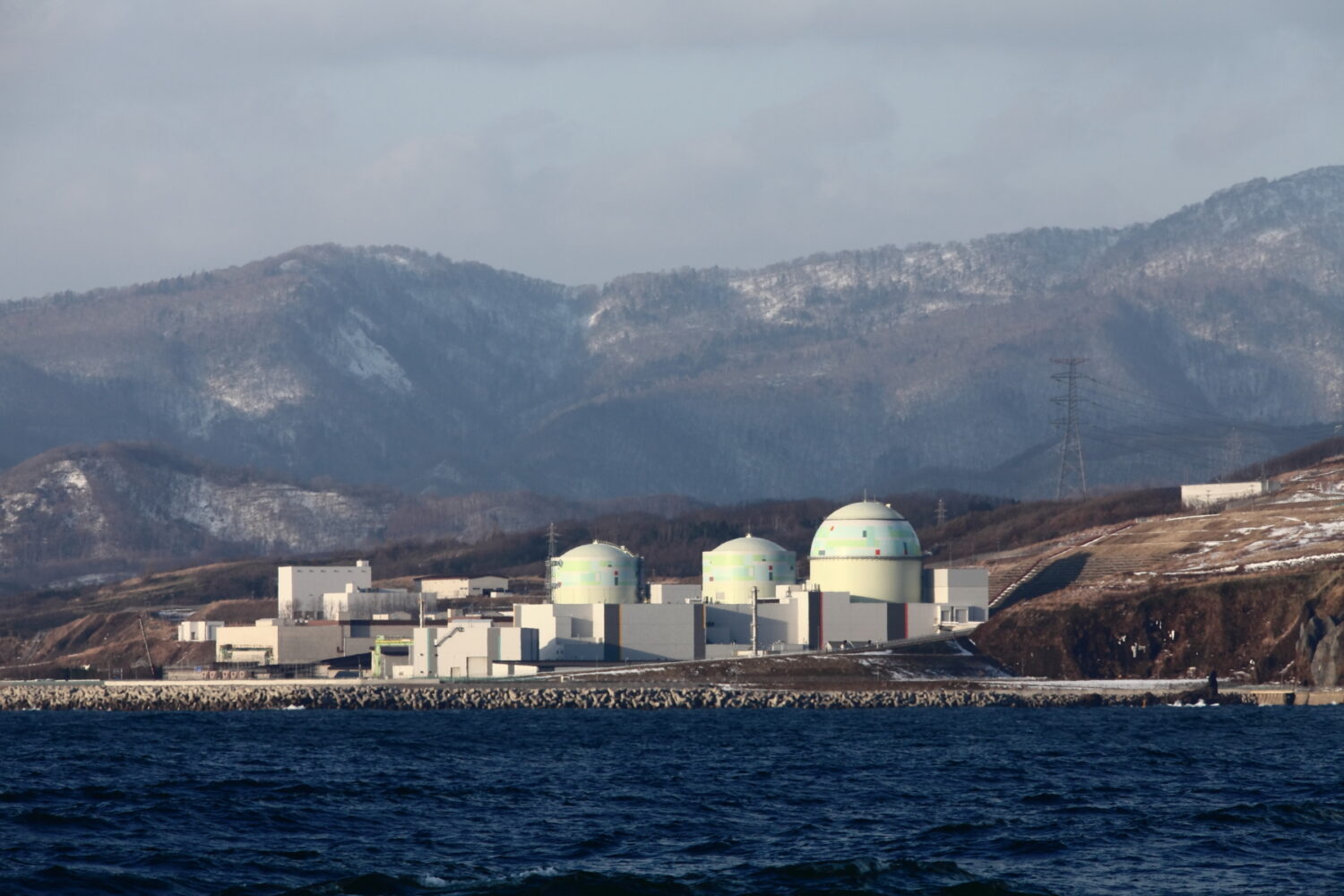
-049.jpg)
.jpg)

